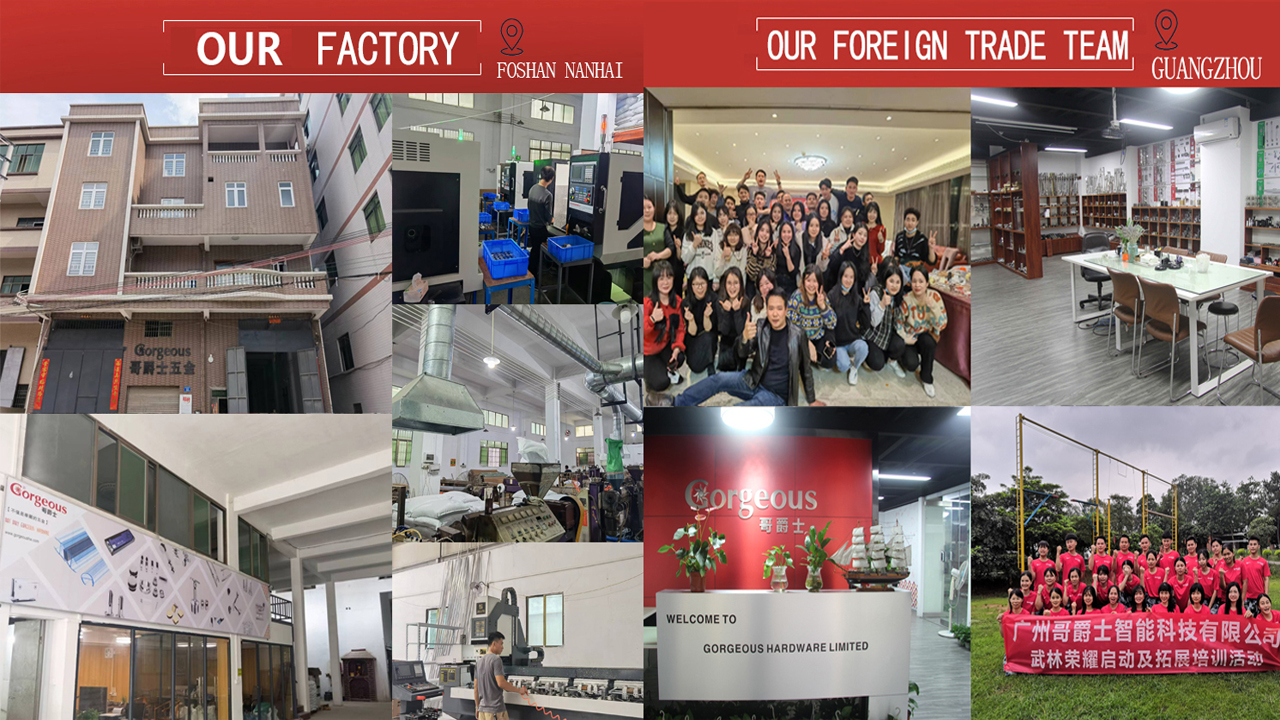
ABOUT
PRODUCTS
Innovative Circular Human Body Sensor Lamp Energy Efficient Design
The Core Principle of Energy Efficiency
The primary advantage of a human body sensor lamp lies in its ability to illuminate only when needed. Unlike traditional lamps that remain constantly lit, this design utilizes a passive infrared (PIR) sensor to detect the presence of humans within its range. Upon detection of movement, the lamp activates, providing illumination. When no movement is detected for a pre-programmed period, the lamp automatically switches off, drastically reducing energy waste. This "on-demand" illumination represents a significant departure from traditional lighting practices, resulting in substantial energy savings. The sensitivity and detection range of the PIR sensor are crucial design parameters, carefully calibrated to optimize energy efficiency while ensuring adequate illumination when needed. Incorrect calibration can lead to either missed detections or unnecessarily prolonged illumination periods, compromising the energy-saving benefits.
Furthermore, the choice of light source significantly impacts energy efficiency. LED (Light Emitting Diode) technology is the preferred choice for these lamps. LEDs are significantly more energy-efficient than incandescent or fluorescent bulbs, converting a much larger percentage of electrical energy into light and producing less heat. The design often incorporates advanced LED driver circuits to further optimize the energy conversion process and extend the lifespan of the LEDs. These circuits regulate the current flow to the LEDs, preventing overheating and ensuring consistent light output. The selection of appropriate LEDs with high luminous efficacy (lumens per watt) is paramount in achieving optimal energy efficiency.
Circular Design Principles in Material Selection
A truly innovative design extends beyond mere energy efficiency to encompass sustainability throughout the product lifecycle. The circular design of this lamp prioritizes the use of recyclable and readily available materials. The housing could be crafted from recycled aluminum or bio-plastics, reducing reliance on virgin materials and minimizing environmental impact during manufacturing. The selection of these materials takes into account not only their recyclability but also their durability and resistance to degradation, ensuring the lamp's longevity. This approach minimizes the need for frequent replacements, further contributing to sustainability.
The internal components, such as the circuit board and the sensor, should also be designed for easy disassembly and material separation at the end of the lamp's life. This facilitates efficient recycling and prevents valuable materials from ending up in landfills. The design could incorporate modularity, allowing for the replacement of individual components instead of the entire lamp, extending its lifespan and reducing waste. This strategy aligns with the principles of a circular economy, where resources are maximized and waste is minimized throughout the product lifecycle.
Manufacturing and Assembly for Sustainability
The manufacturing process of the lamp should also adhere to sustainable practices. This includes minimizing energy consumption during production, utilizing renewable energy sources where possible, and implementing efficient waste management strategies. The assembly process should be designed for ease and efficiency, reducing labor costs and material waste. Lean manufacturing principles, such as minimizing inventory and optimizing workflows, can significantly contribute to a more sustainable production process.
Ethical sourcing of materials is another crucial aspect of sustainable manufacturing. The lamp’s components should be sourced from suppliers committed to fair labor practices and environmental responsibility. This ensures that the lamp's sustainability extends beyond its design and functionality to encompass the entire supply chain. Transparency and traceability in the supply chain are important to ensure accountability and promote ethical sourcing.
End-of-Life Management and Recycling
The circular design extends to the end-of-life phase of the lamp. The design should facilitate easy disassembly and material separation for recycling. Clear labeling and instructions for recycling should be provided to consumers, encouraging proper disposal and reducing the chances of the lamp ending up in landfills. Collaborating with recycling facilities and developing efficient recycling processes is vital for ensuring that valuable materials are recovered and reused.
Design for disassembly (DfD) is a crucial aspect of end-of-life management. This involves designing the lamp in a way that allows for easy separation of its various components, facilitating material recovery and recycling. The use of standardized connectors and fasteners further enhances the ease of disassembly. By incorporating DfD principles, the lamp's design actively contributes to its recyclability and prevents valuable resources from being lost.
Conclusion
The innovative circular human body sensor lamp represents a significant advancement in energy-efficient lighting solutions. Its design incorporates several key principles, including on-demand illumination, efficient LED technology, sustainable material selection, sustainable manufacturing practices, and end-of-life recyclability. By embracing a circular design philosophy, this lamp significantly reduces its environmental impact, offering a sustainable and energy-efficient alternative to traditional lighting systems. The adoption of such innovative designs is crucial in transitioning towards a more sustainable future, minimizing our reliance on non-renewable resources and reducing our carbon footprint.
SUBSCRIBE
INQUIRY
